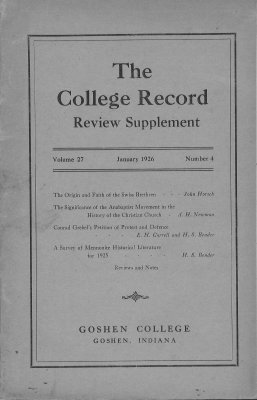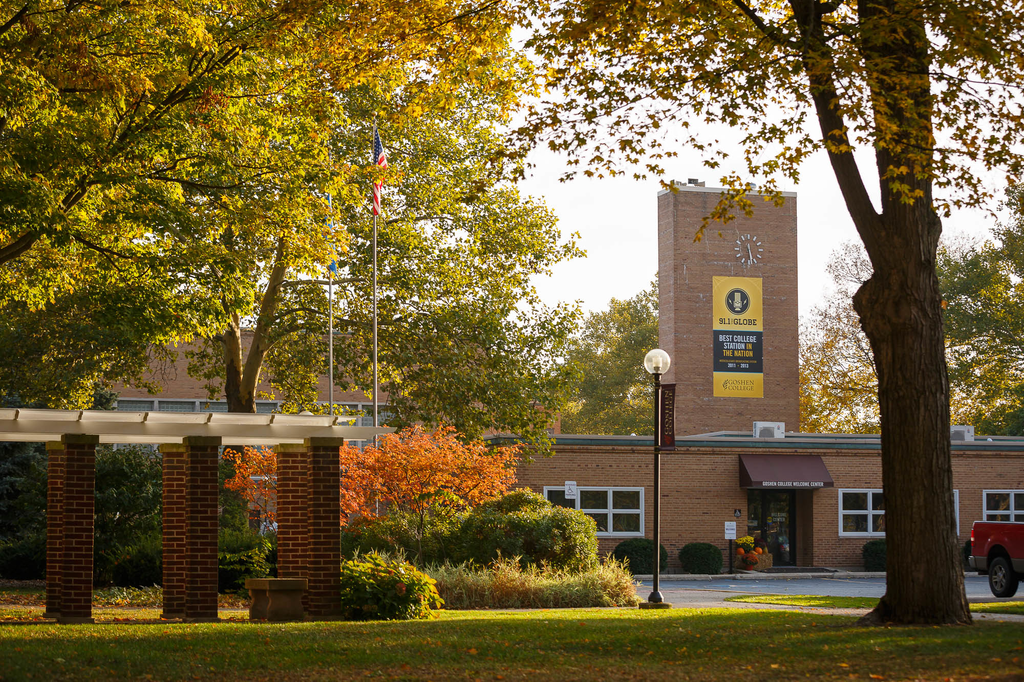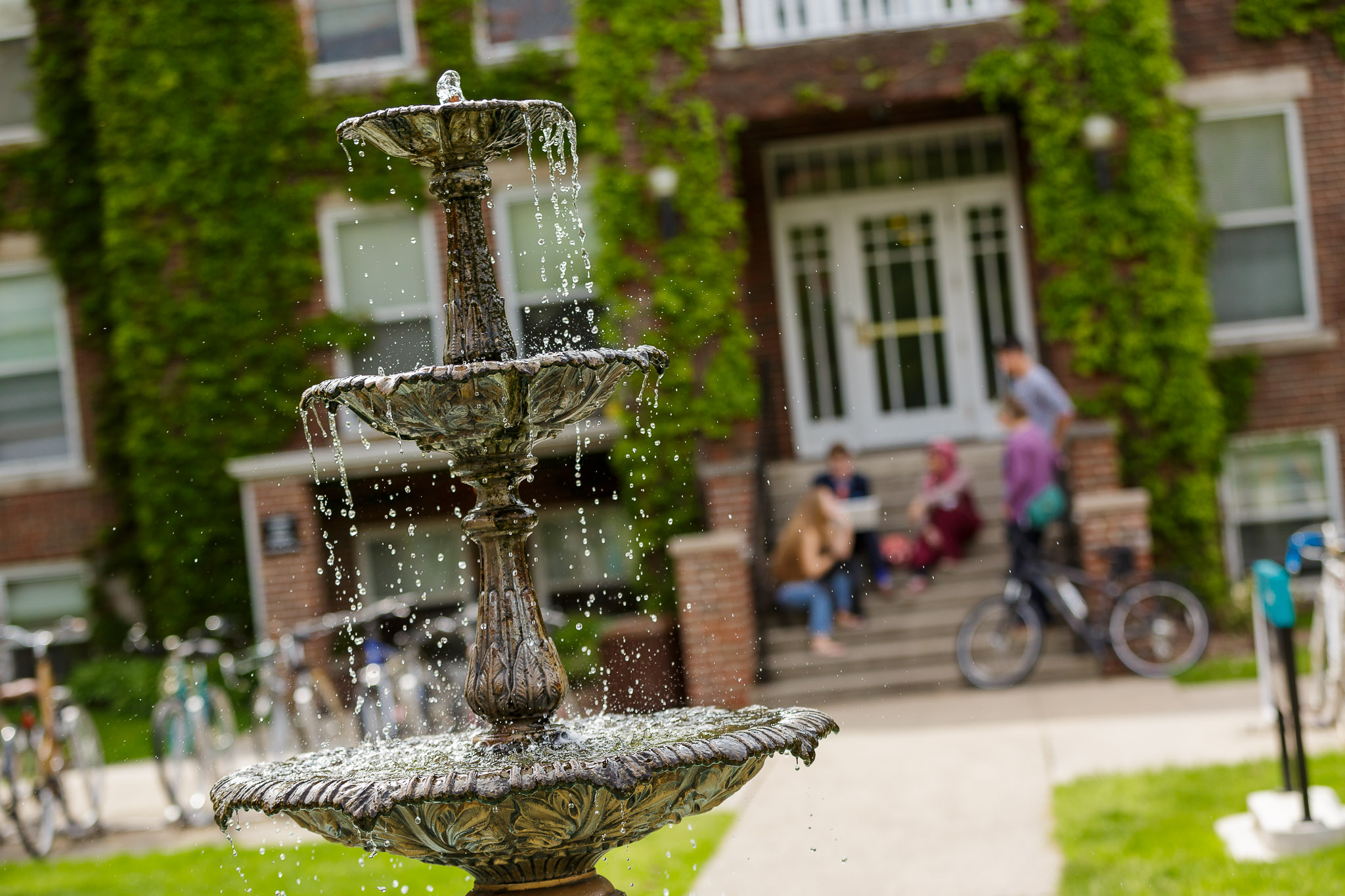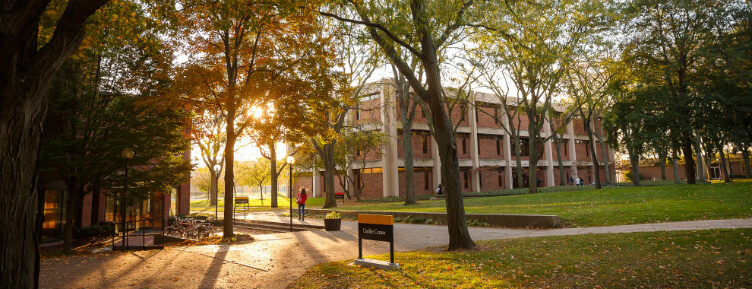Lasting Ties: “So small as to be ridiculous…”
This article originally appeared in the Spring/Summer 2025 issue of The Bulletin.
By Joe Springer ’80, curator emeritus, Mennonite Historical Library
On September 6, 1924, Harold S. ’18 and Elizabeth Horsch Bender ’18 sailed into the port of New York. They were returning from a year of study in Germany, just in time for Harold to join the faculty of the newly reopened Goshen College.*
On board with them were Elizabeth’s mother who had visited German relatives and Ernst Correll, a German with research interests in Mennonites. Harold had cajoled GC President S.C. Yoder to offer Correll a last-minute part-time teaching position. Of 17 faculty members that fall, Correll was the only one to hold a doctorate.

Bender was keen that his alma mater would begin to engage in and promote academic research. He lamented that the “the number [of works] written by American Mennonites is so small as to be ridiculous.” A month into the 1924 fall semester, Bender, Correll and others gathered GC students and faculty for an evening meeting to reconstitute a Mennonite Historical Society. “The initiation, encouragement and support of research” was a key purpose of the society. With monthly meetings, the society provided a forum that fostered intellectual engagement on campus. Some 40 percent of the 100 students and faculty at GC that fall became charter members. In January 1926, the society began publishing a scholarly supplement to the GC Record, the student newspaper.
The majority of the content was historical, but addressed other themes (educational policy, racial prejudice, evolution). The supplement reached beyond campus to include external and international contributions. In 1927, the publication became known as The Mennonite Quarterly Review. MQR has continued to offer the kind of “original and thorough and organized research” Bender and Correll dreamed of 100 years ago.
*GC was closed and during the 1923-24 academic year, reorganized and reopened with mostly new faculty in Fall 1924.




